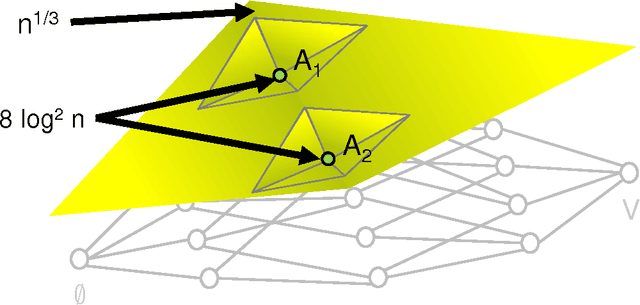Submodular Functions: Learnability, Structure, and Optimization
Paper and Code
Aug 22, 2012
Submodular functions are discrete functions that model laws of diminishing returns and enjoy numerous algorithmic applications. They have been used in many areas, including combinatorial optimization, machine learning, and economics. In this work we study submodular functions from a learning theoretic angle. We provide algorithms for learning submodular functions, as well as lower bounds on their learnability. In doing so, we uncover several novel structural results revealing ways in which submodular functions can be both surprisingly structured and surprisingly unstructured. We provide several concrete implications of our work in other domains including algorithmic game theory and combinatorial optimization. At a technical level, this research combines ideas from many areas, including learning theory (distributional learning and PAC-style analyses), combinatorics and optimization (matroids and submodular functions), and pseudorandomness (lossless expander graphs).
 Add to Chrome
Add to Chrome Add to Firefox
Add to Firefox Add to Edge
Add to Edge